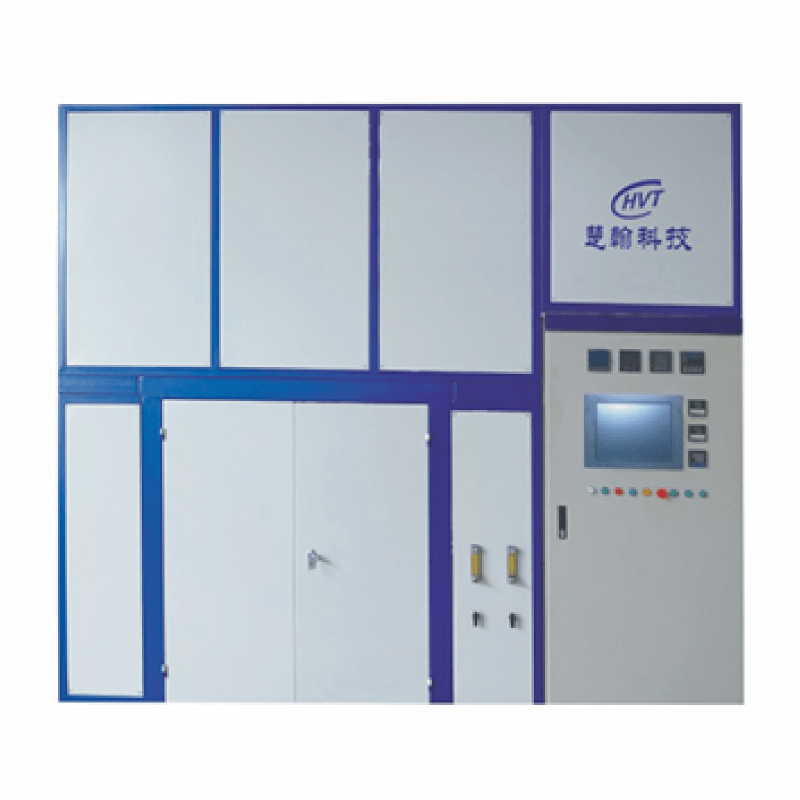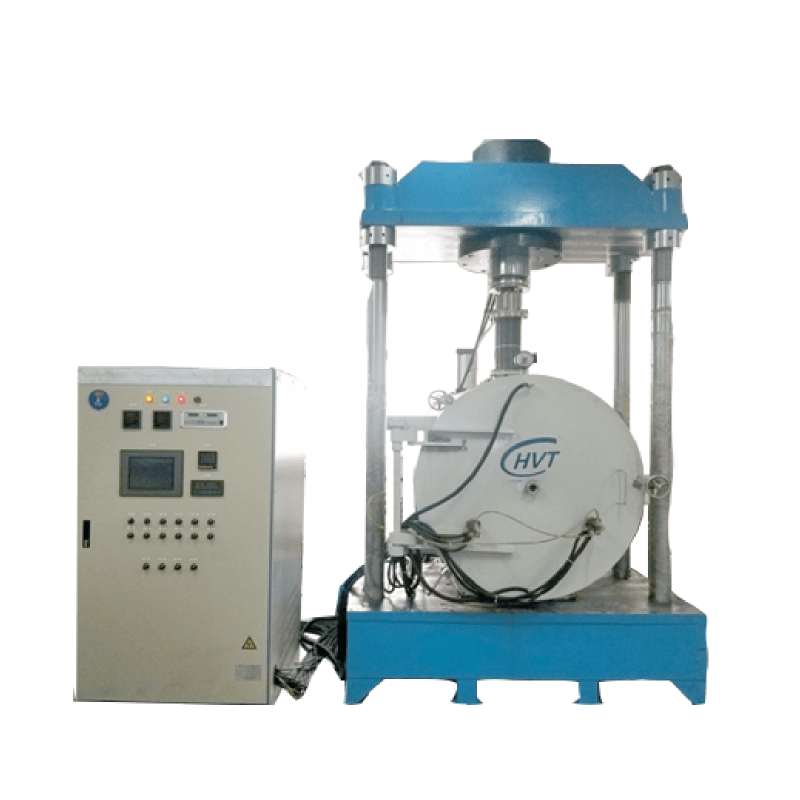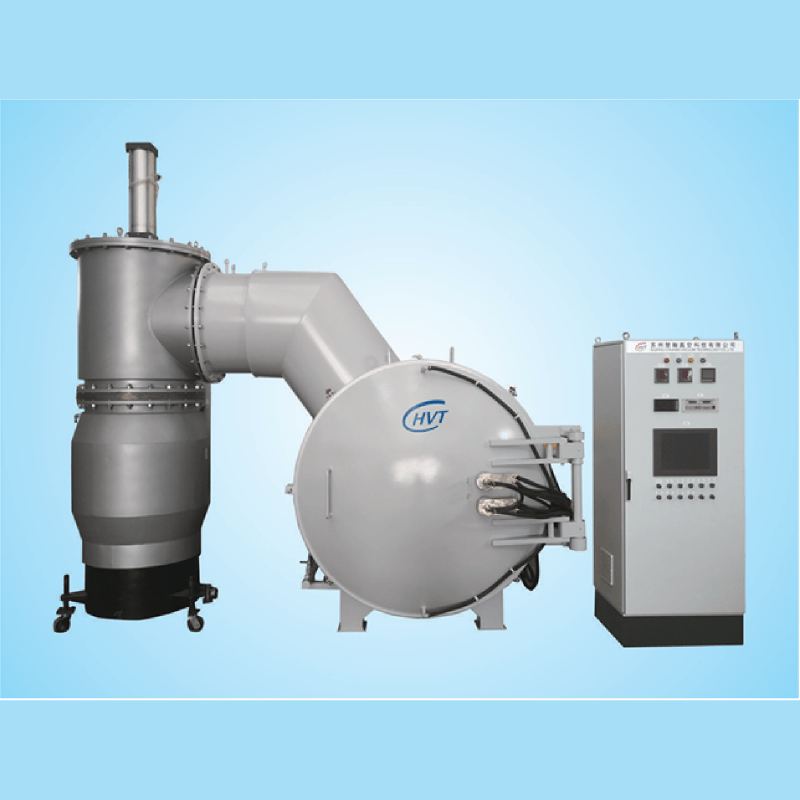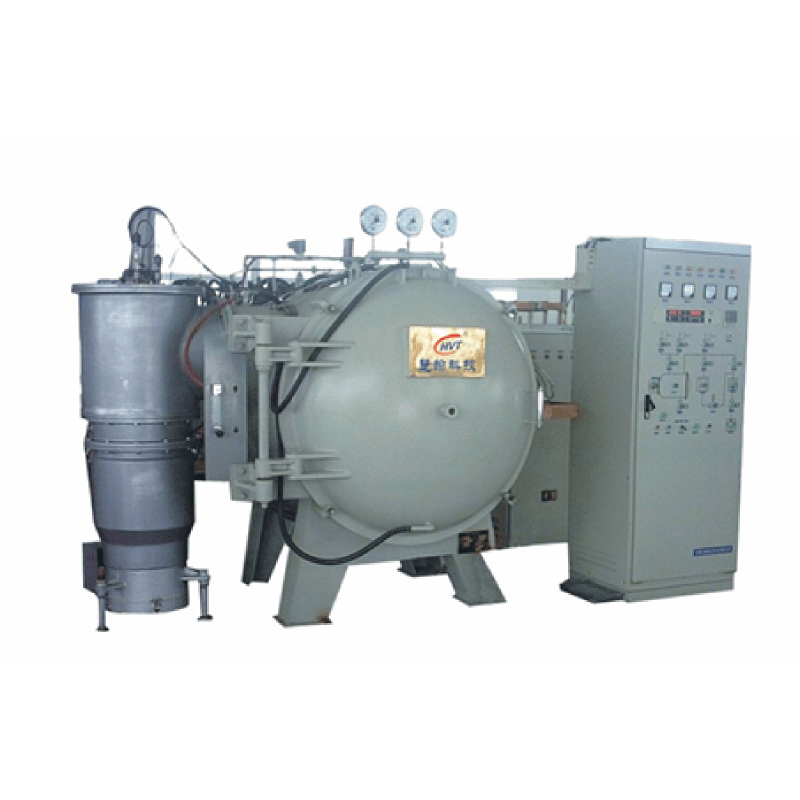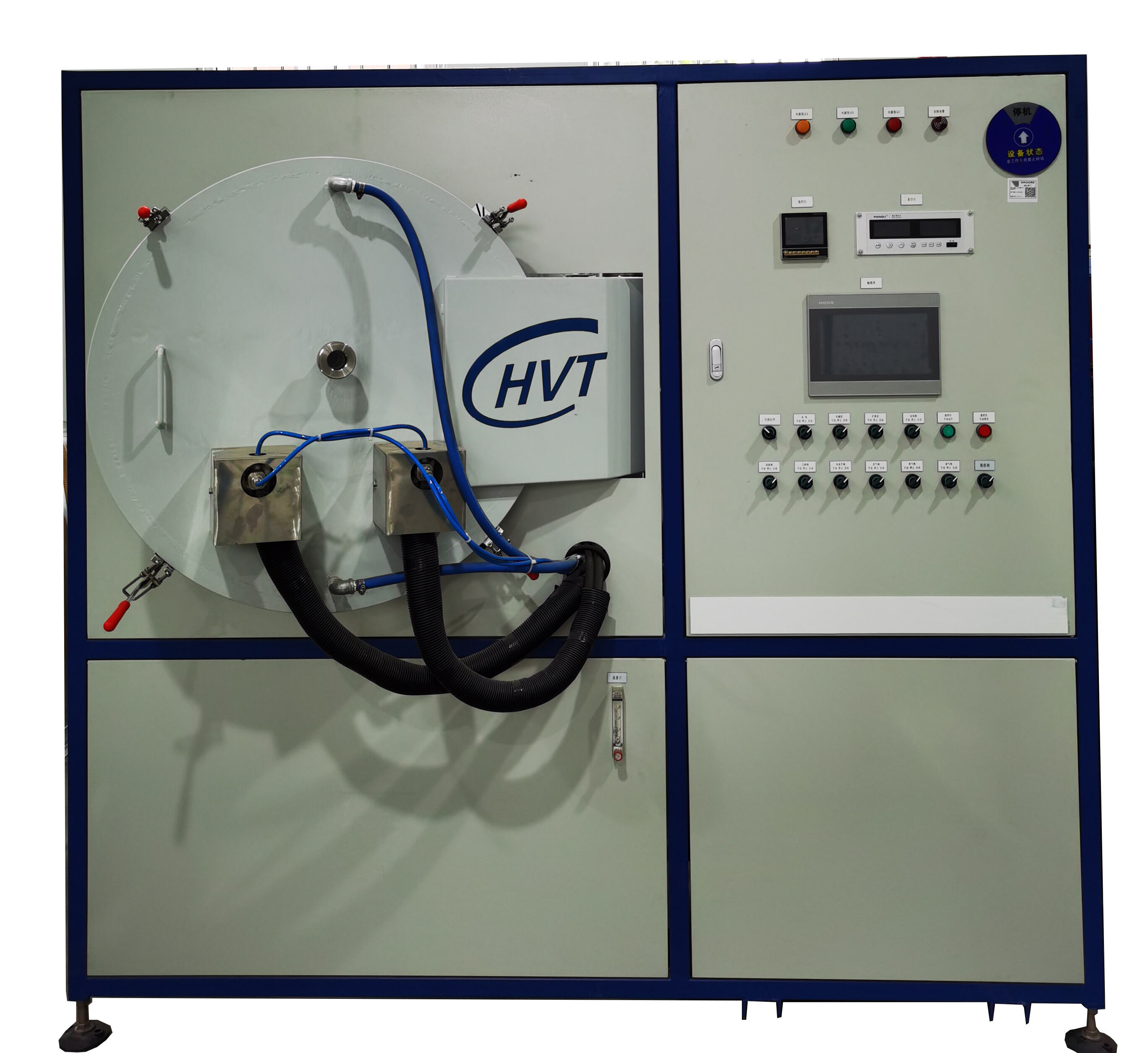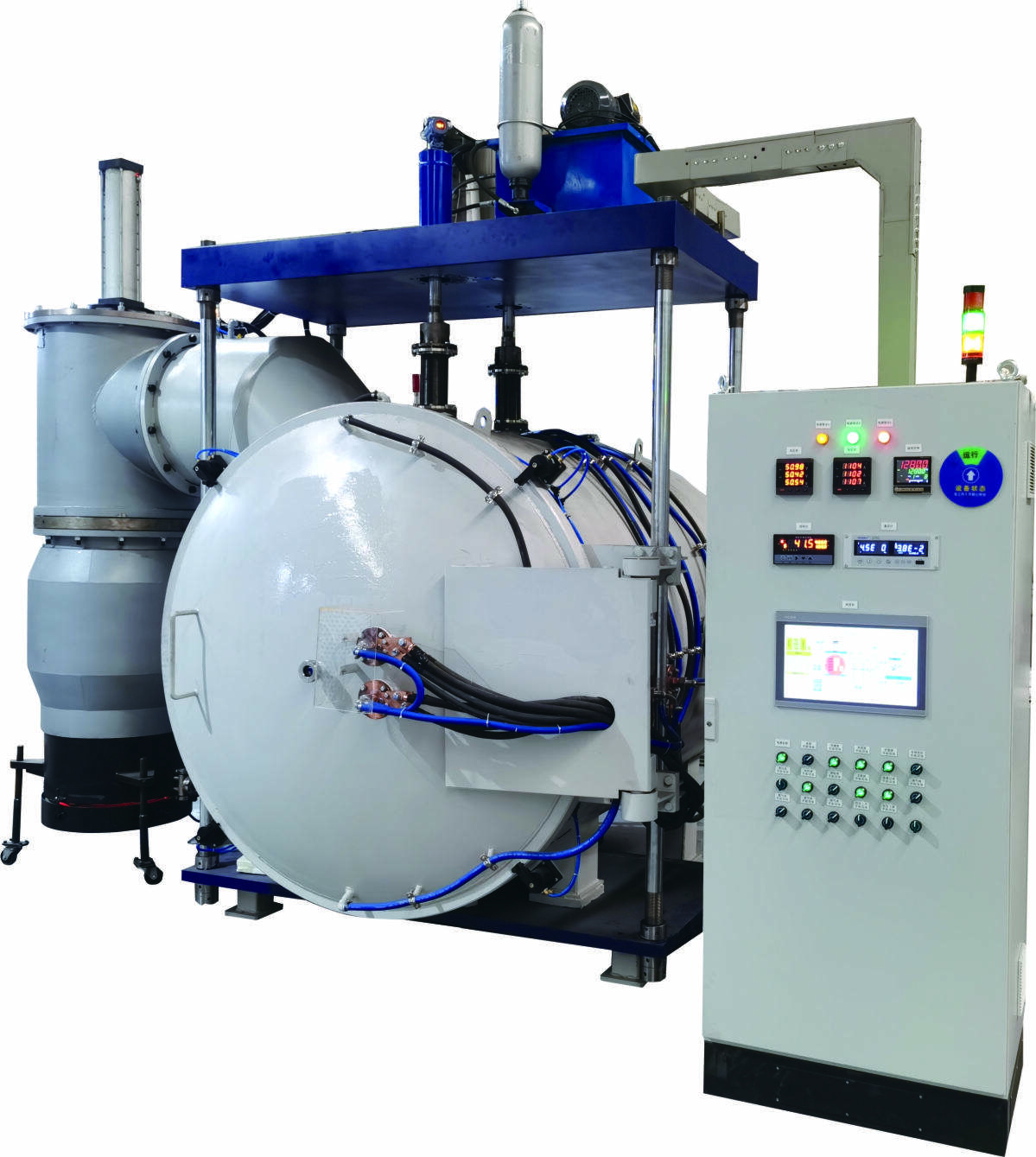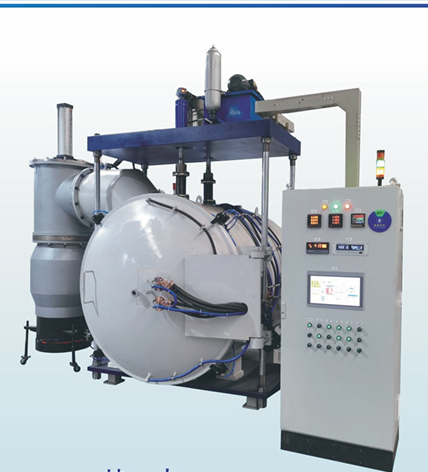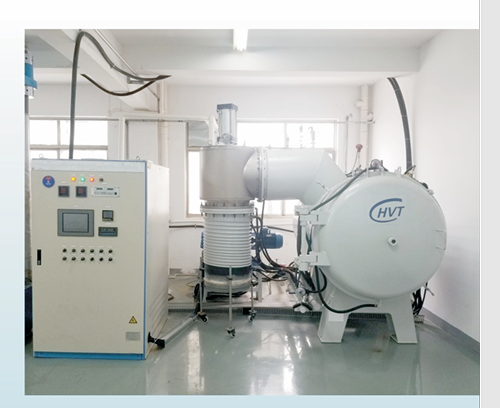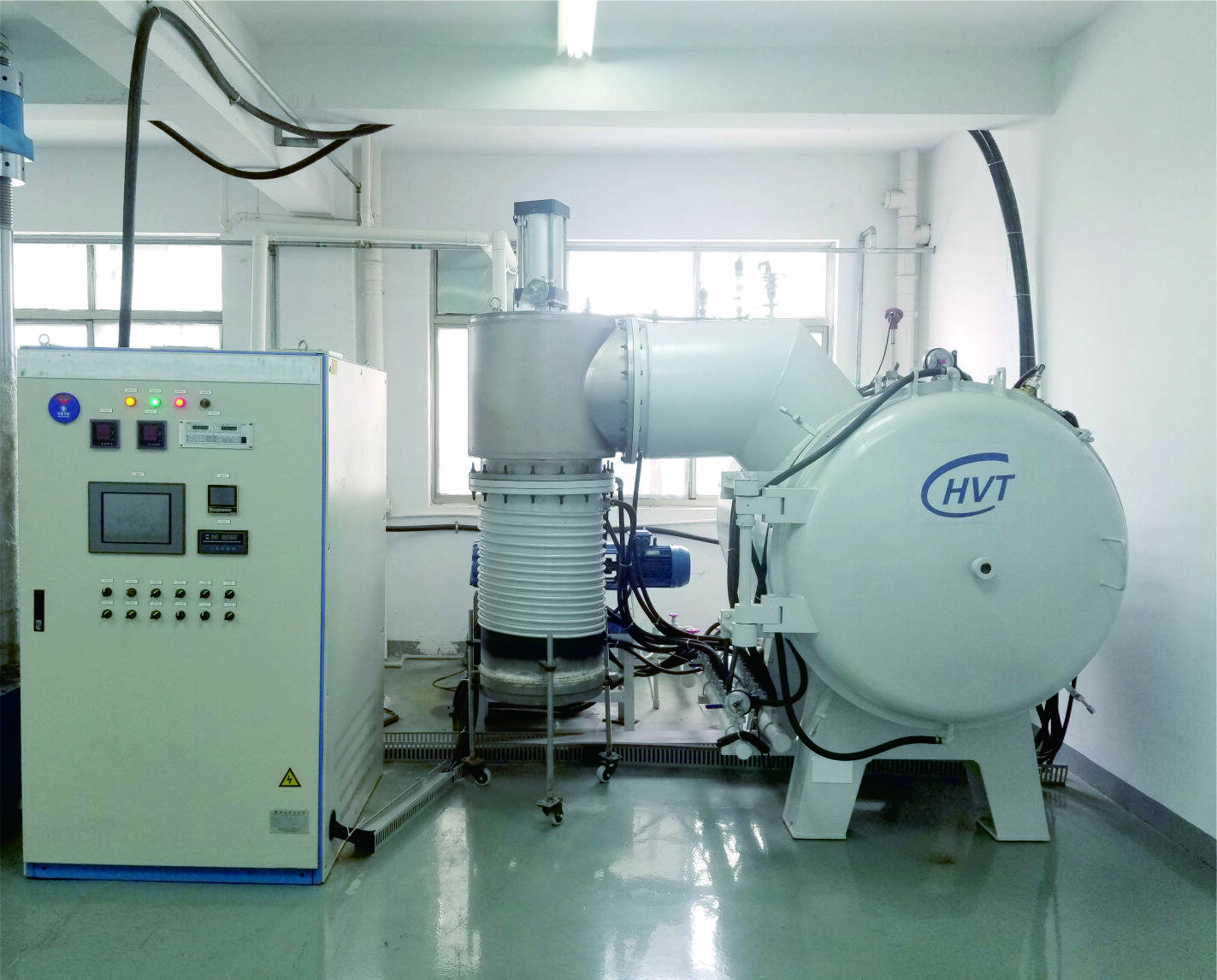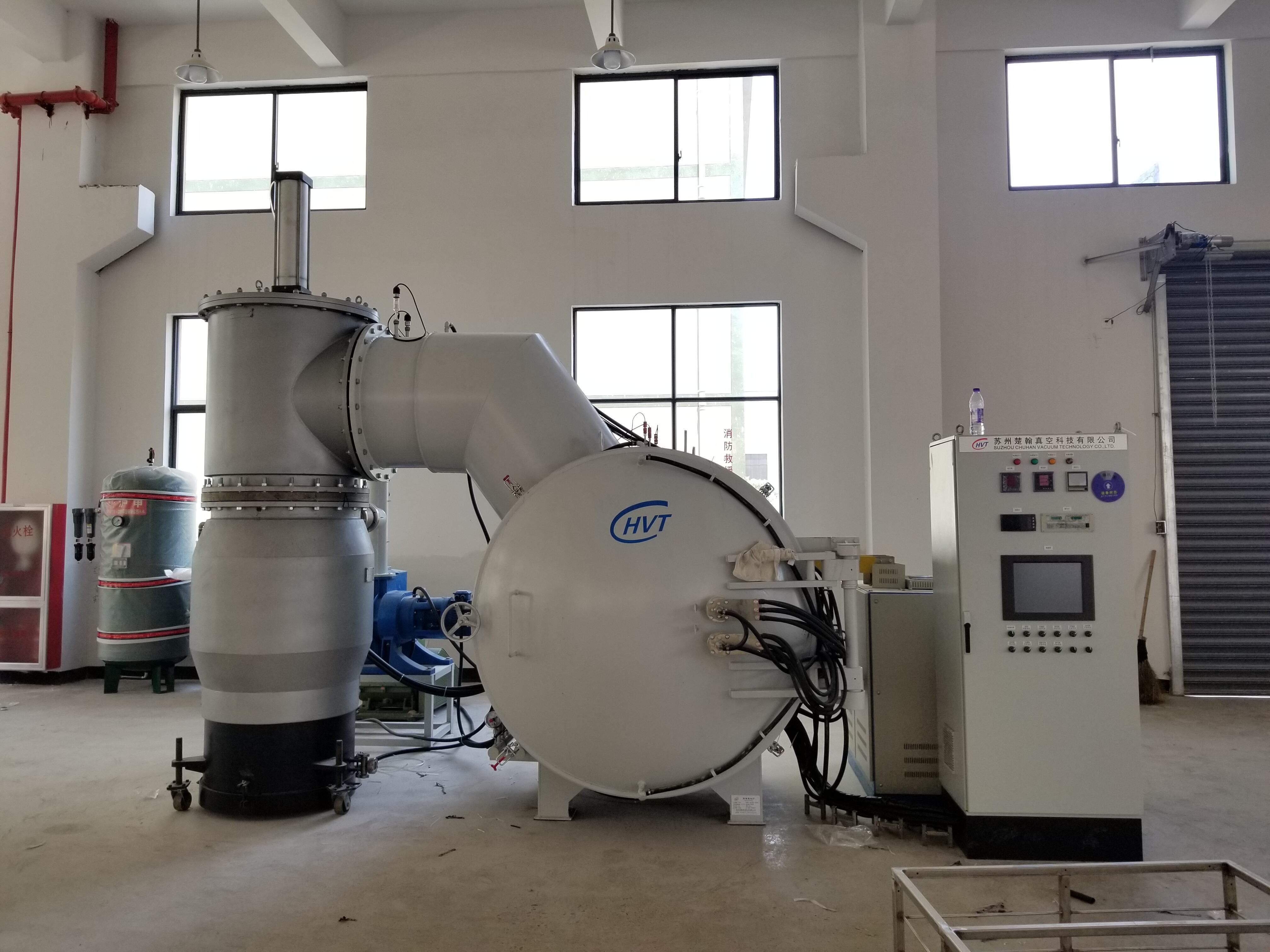furnace brazing process
Furnace brazing is a sophisticated metallurgical joining process that combines precision temperature control with controlled atmosphere conditions to create strong, reliable metal bonds. This process involves heating components to temperatures typically ranging from 1100°F to 2200°F (590°C to 1200°C) in a specially designed furnace while utilizing a filler metal that melts and flows into the joint areas. The process stands out for its ability to join multiple components simultaneously, making it highly efficient for mass production. During furnace brazing, the base metals remain solid while the brazing filler metal melts, flows through capillary action, and creates strong metallic bonds upon cooling. The controlled atmosphere, which may be inert, reducing, or vacuum, prevents oxidation and ensures high-quality joints. This process is particularly valuable in industries requiring complex assemblies, such as aerospace, automotive, and electronics manufacturing, where multiple joints must be brazed simultaneously with high reliability and repeatability. The versatility of furnace brazing allows for joining dissimilar metals and creating hermetically sealed joints, while the automated nature of the process ensures consistent quality across large production runs.

